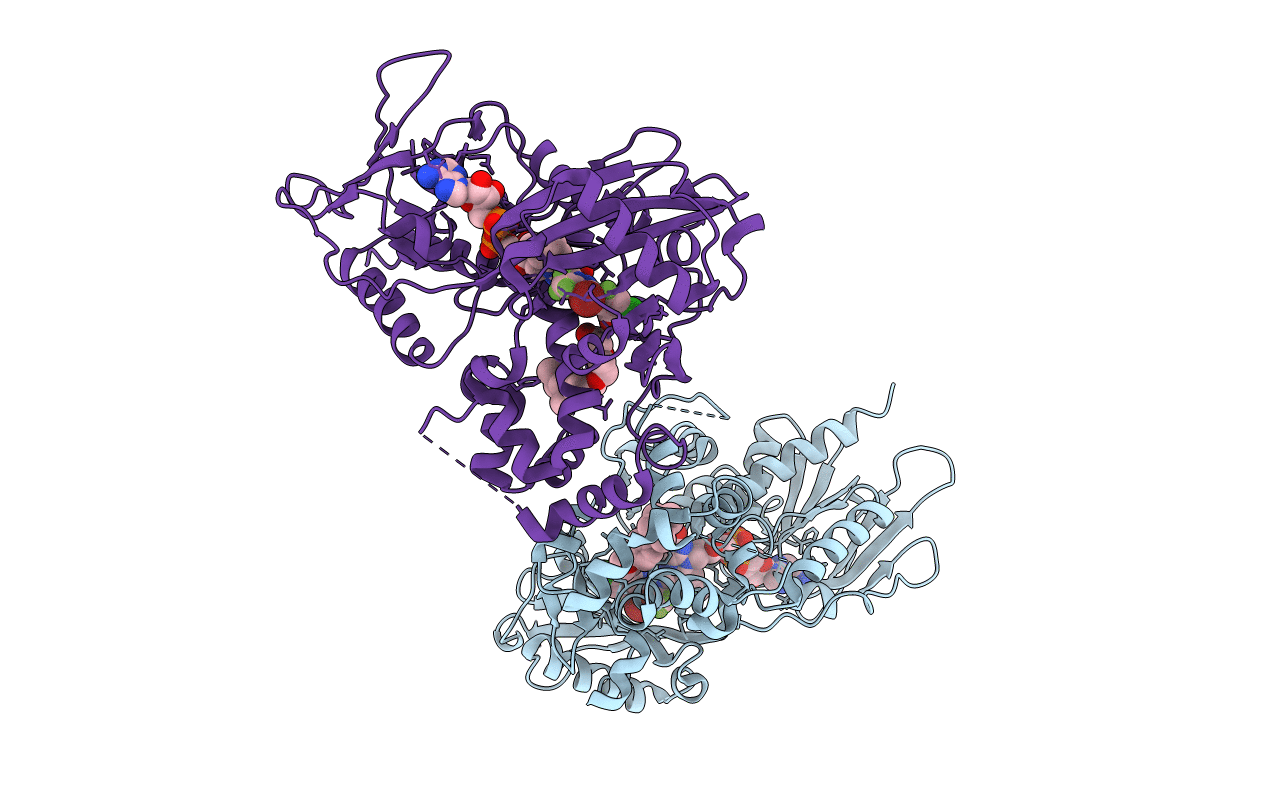
Deposition Date
2004-02-19
Release Date
2004-04-13
Last Version Date
2024-10-30
Method Details:
Experimental Method:
Resolution:
2.90 Å
R-Value Free:
0.29
R-Value Work:
0.22
R-Value Observed:
0.25
Space Group:
C 2 2 21


